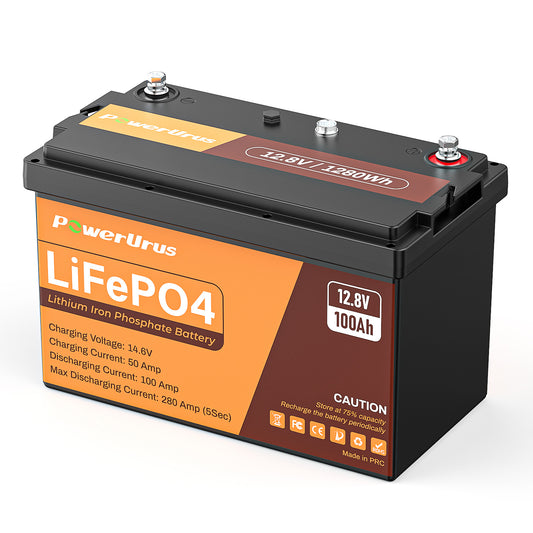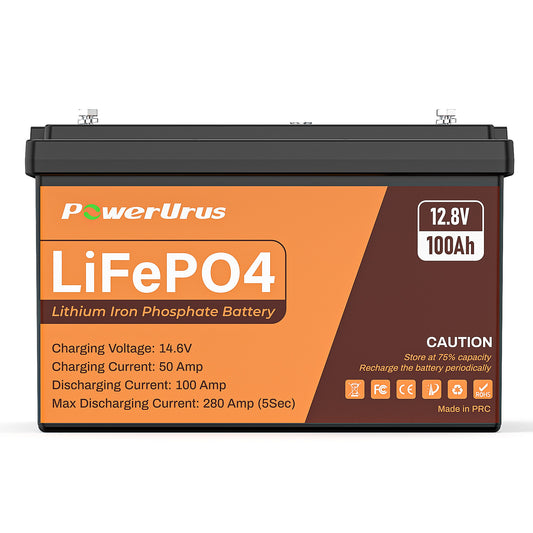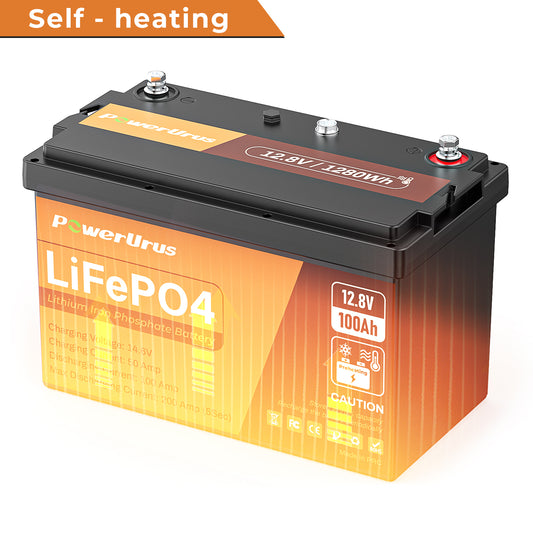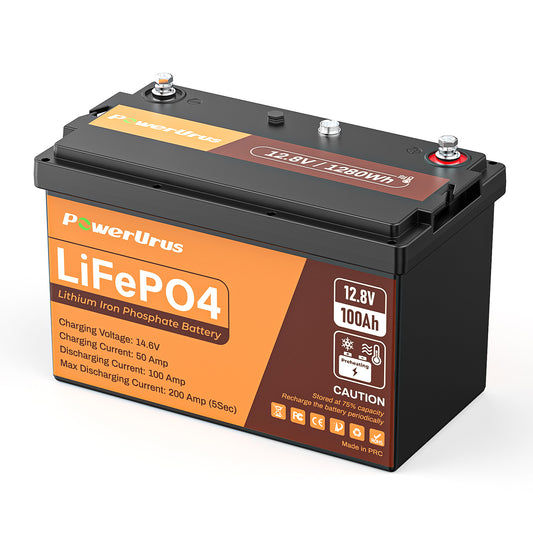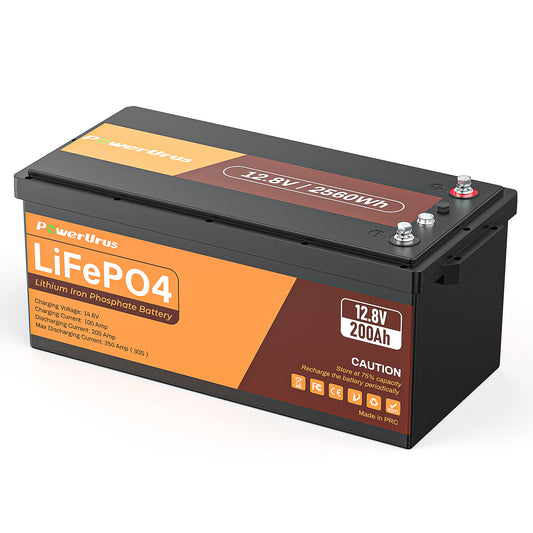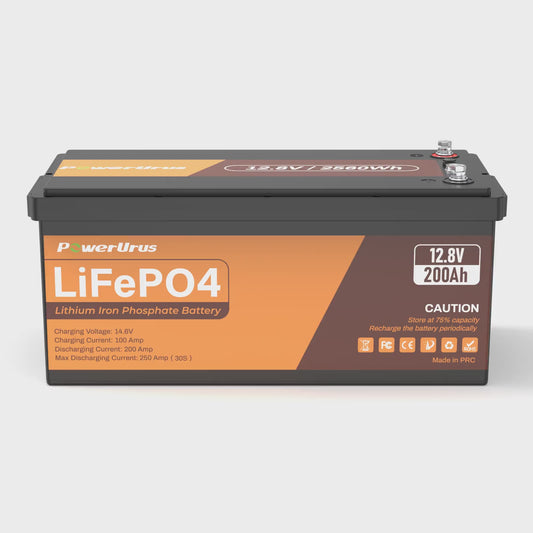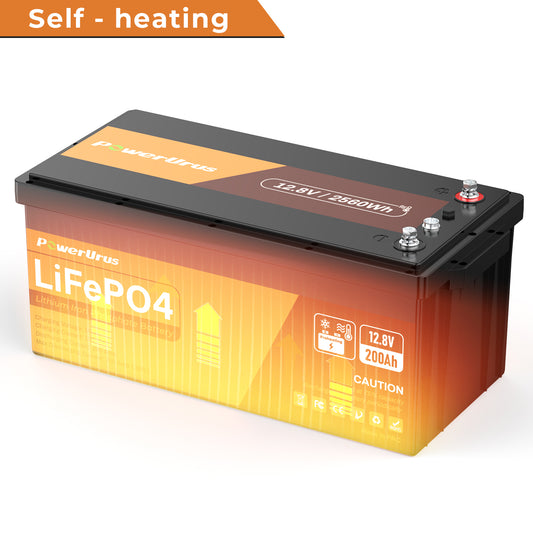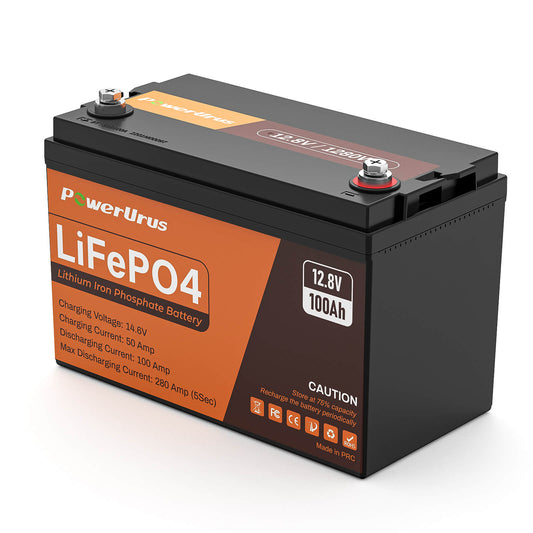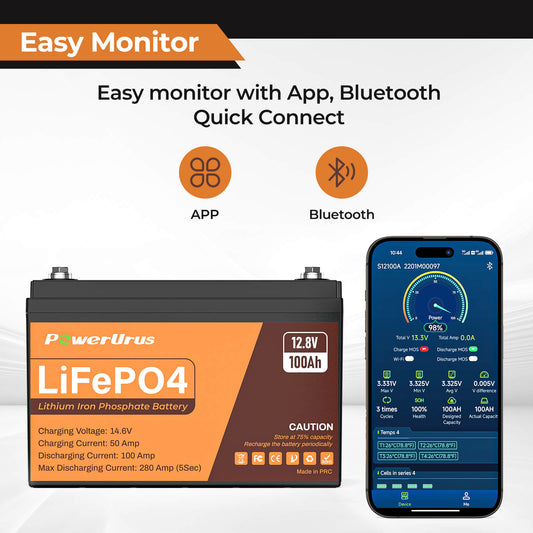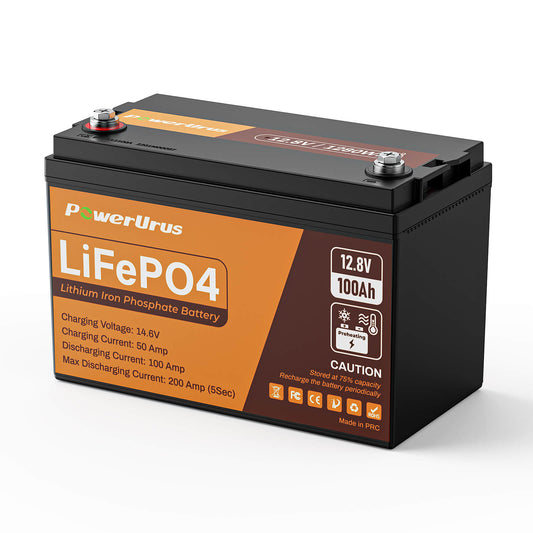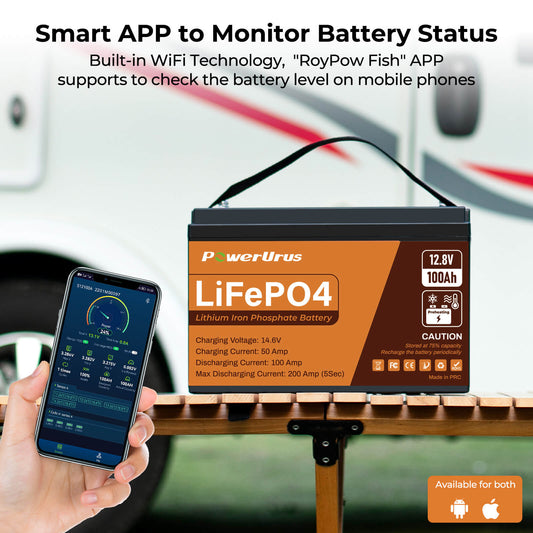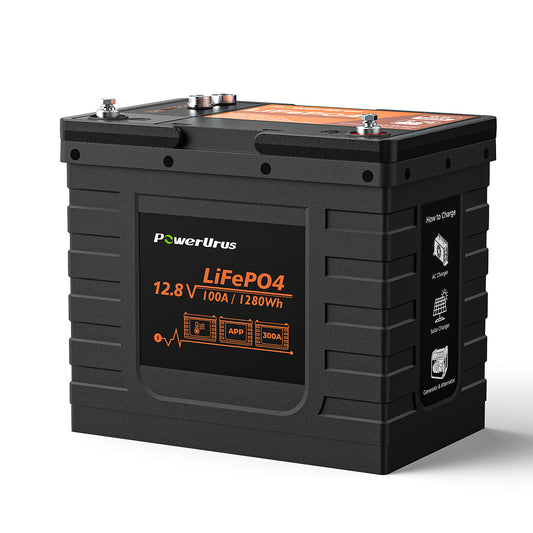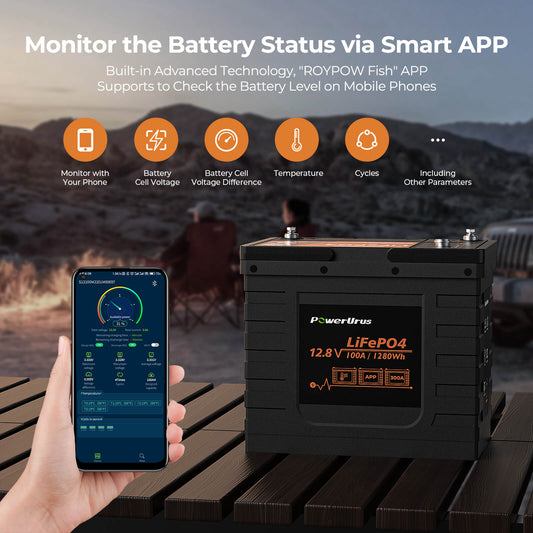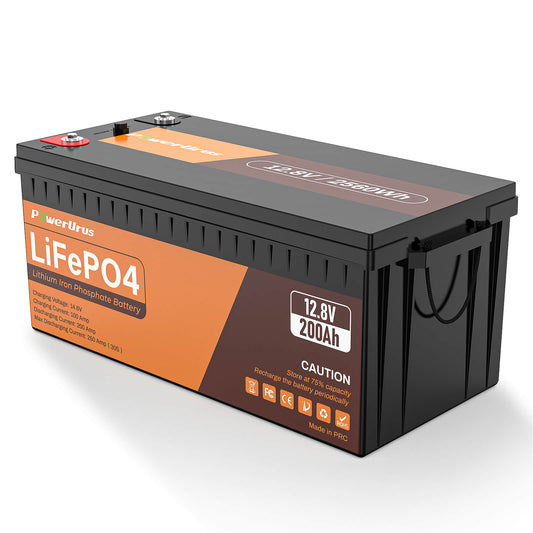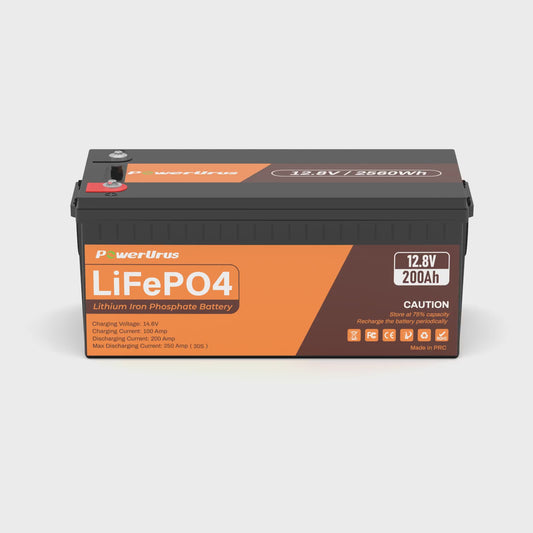LiFePO4 Batteries for Home Energy Storage: Voltage Selection & Safety Guide
More homeowners are turning to LiFePO4 (Lithium Iron Phosphate) batteries to power their households sustainably. At PowerUrus, we'll explain how these batteries revolutionize home energy storage, which voltage suits your needs, and key safety practices.
Why LiFePO4 Batteries Shine in Home Storage
Unlike traditional lead-acid batteries, LiFePO4 batteries offer:
4,000+ life cycles (10+ years lifespan)
50% lighter weight for easier installation
Built-in BMS protecting against overcharge/overheat
Zero maintenance – no acid leaks or ventilation needs
Choosing the Right Voltage: 12V to 48V Explained
Your ideal voltage depends on energy demands:
12V LiFePO4 Battery for Home
Best for: Tiny homes/cabins (<1kWh daily)
Powers: LED lights, small appliances, WiFi routers
Limitations: Not suitable for heavy-duty devices
24V LiFePO4 Battery System
Handles: 1-5kWh needs (mini-split ACs, refrigerators)
Pro Tip: Pair 2×12V batteries in series
48V LiFePO4 Battery for Home (Most Popular)
Powers: Full-house systems (>5kWh)
Efficiency: Higher voltage = lower energy loss
Scalable: Add batteries in parallel as needs grow
How Home Energy Storage Works
A typical setup includes:
Solar panels/Wind turbines → 2. Charge controller → 3. LiFePO4 battery bank → 4. Inverter → Home appliances
4 Must-Know Safety Tips
Keep batteries dry – moisture triggers corrosion
Maintain 15-35°C ambient temperature (extreme heat/cold reduces efficiency)
Use LiFePO4-specific charge controllers (our store offers compatible models)
Schedule annual capacity checks
Ready to build your home energy system? Explore PowerUrus' 48V LiFePO4 battery with 5-year warranties.

